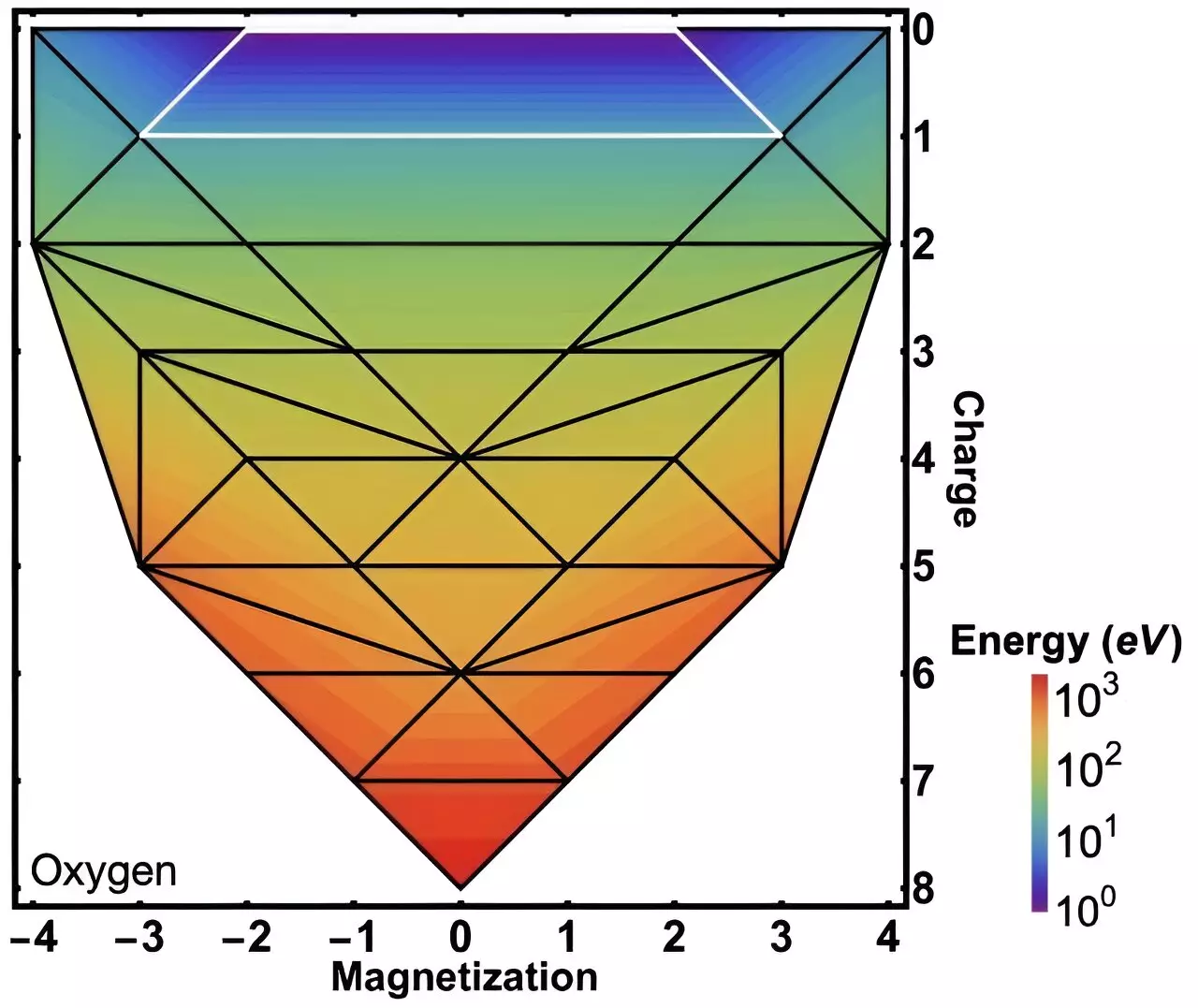In a groundbreaking achievement, an international team of physicists from Trinity College Dublin has reshaped the landscape of quantum mechanics with profound implications for material science. Their recently published findings in *Physical Review Letters* unveil new theorems concerning the intricate “energy landscapes” of quantum particles. This monumental leap not only addresses longstanding mysteries in the domain of quantum physics but also casts a bright light on the future of green technology. As global challenges around energy efficiency and materials sustainability burgeon, this research could pave the way for innovative solutions that transcend conventional boundaries.
The Quest for Accurate Simulations
The magnitude of this research effort cannot be understated. At the heart of the study lies the pioneering work of Andrew Burgess, a Ph.D. candidate, alongside seasoned physicists Dr. Edward Linscott and Dr. David O’Regan. Their collaboration has culminated in a rich exploration of how the energy states of atomic and molecular systems evolve as their particle counts and magnetic properties fluctuate. Traditionally, simulating the behavior of materials at the atomic level has presented a formidable challenge. The equations governing these quantum systems are complex and demand simplifications that can often compromise accuracy. This team’s work offers new avenues to improve these simulations by establishing more precise foundational rules of quantum mechanics—important benchmarks sought after for nearly a century.
Dissecting the Energy Valley
The researchers’ metaphor of a “steep-sided valley” adeptly illustrates their findings. In this conceptual terrain, the vertical axis denotes the energy states of isolated particle collections, while the horizontal movements correspond to changes in electron numbers and magnetic properties. In particular, by charting this energy valley, the scientists illuminate how varying particle characteristics influence material stability, chemical interactions, and magnetic effects. The journey to map this energy landscape included exploring known quantum mechanical theorems relevant to simple systems like the hydrogen atom and expanding this knowledge to more complex systems such as the helium atom. Notably, the discovery revealed incompleteness in existing theorems, emphasizing a crucial juncture in quantum research that can yield tangible benefits in applied sciences.
The Real-World Implications
While the theoretical nature of quantum landscapes may seem abstract, the practical benefits of this work resonate deeply within industry applications. For instance, the team stresses that enhanced understanding of energy profiles can fine-tune simulations aimed at discovering next-generation materials crucial for advancements in renewable energy technologies, from solar panels to more efficient catalysts. As Dr. Linscott articulates, integrating their theoretical knowledge into simulations can render predictive models more accurate and reliable, thus accelerating the innovation process. The complexity of calculating energy differences and slopes becomes paramount when considering the charge and discharge cycles of batteries, where the movement within this energy valley translates directly into functional energy outputs.
The Synergy of Theory and Simulation
What is particularly compelling about this research is its symbiotic relationship between theoretical groundwork and practical applications. Burgess’s reflections highlight this dynamic interplay as the dual pursuit of theoretical rigor and practical simulation unfolds. The collaborative endeavor showcases how existing quantum theory can be reimagined to address contemporary challenges in material sciences, generating tools that not only improve simulation accuracy but also promote advancements in energy storage and conversion technologies. It represents a confluence of intellectual curiosity and real-world motivation.
Shaping a Sustainable Future
As researchers dive deeper into the quantum undercurrents that shape various materials, their findings hold the promise of transforming our approach to sustainable technology. Needles threading through the fabric of theoretical constructs are becoming tightly woven with real-world demands. Addressing energy needs through refined simulations fosters a cycle of innovation that can fulfill both academic interests and practical necessities.
The future beckons with renewed hope as these scientific advancements illuminate our paths toward creating and utilizing innovative materials geared toward a sustainable energy future. The work produced by Trinity’s interdisciplinary team serves as a clarion call for the importance of integrating fundamental science with applied technology in the quest for a greener, more efficient world.


Leave a Reply